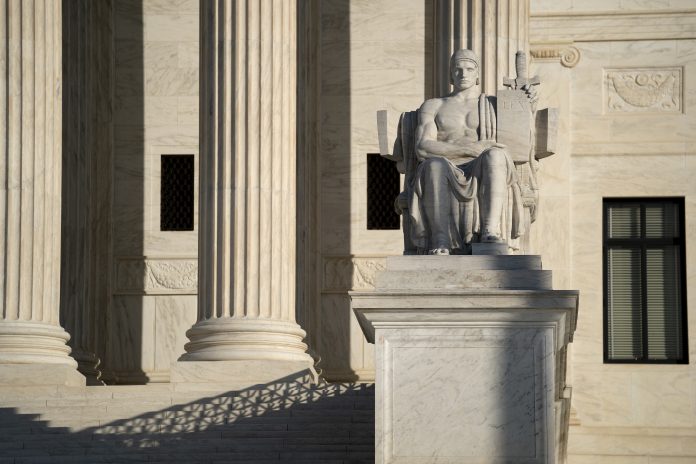Although largely up-staged by former President Donald Trump’s federal indictment, the Supreme Court’s voting rights decision earlier this month is likely to have a game-changing impact for many years to come.
What the court decided is almost as surprising as who decided it. By a 5-to-4 vote, justices from the conservative and liberal sides came together to reaffirm the court’s 1986 ruling on how legislative districts must be drawn under the landmark 1965
Voting Rights Act, as amended in 1982. In Alabama, where 1 in 4 voters are Black in the state’s seven congressional districts, the justices ruled that the Republican-dominated state legislature had denied African American voters a reasonable chance to elect a second representative of their choice.
A panel of three federal judges, including two ap- pointed by Trump and one by former President Bill Clinton, had thrown out the state’s congressional map and ordered lawmakers to draw a new one with two, not just one, districts that are likely to elect Black representatives. It was the sort of racial gerrymandering case for which the Voting Rights Act was enacted–and in more recent times, weakened by conservatives. Now Alabama, will have to redraw its map to include a second predominantly Black district.
Although the ruling does not expand minority voting rights, it doesn’t reduce them either. That’s a net gain for Democrats and other liberals at a time when the Dems feared worse as they try to recover from the loss of their House majority, among other setbacks.
Suddenly, they see new hope coming from an unexected source, the conservative court of Chief Justice John Roberts, which leaves many wondering why two of the court’s conservatives moderated their opposition enough to let Section 2 of the Voting Rights Act, which prohibits racially discriminatory voting practices, survive.
One was Roberts. He has been a famously outspoken critic of race-based remedies who authored or joined earlier decisions that gutted key parts of the voting law. Roberts declared in a 2007 affirmative action case that “the way to stop discrimination on the basis of race is to stop discriminating on the basis of race.”
Sure, but if it was that easy we wouldn’t need to turn to the Supreme Court to sort it out.
The other was Justice Brett Kavanaugh, a Trump appointee, who leaned toward the belief that the need for Section 2 was fading over time and suggested, in his opinion, that plaintiffs could try to return in some future case to argue that changing times had rendered the law unconstitutional. I hope I live that long., …
Thank you for reading Clarence Page article on scoopnewsusa.com. For more on “A Supreme Court surprise. How the Right rescued the Voting Rights Act”, please subscribe to SCOOP USA Media. Print subscriptions are $75 and online subscriptions (Print, Digital, and VIZION) are $90. (52 weeks / 1 year).


